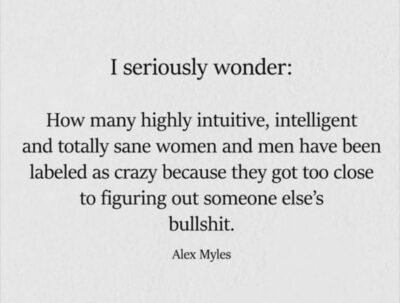The trial against music mogul Sean Combs is not just about one man’s alleged abuse—it is about the systems that allowed it to persist for deca
The trial against music mogul Sean Combs is not just about one man’s alleged abuse—it is about the systems that allowed it to persist for decades. One of those systems is Human Resources (HR).
Testimonie s reveal a disturbing pattern: some staff who witnessed or experienced harm went to HR—but were met not with support or accountability, but with silence, neglect, or fear.
s reveal a disturbing pattern: some staff who witnessed or experienced harm went to HR—but were met not with support or accountability, but with silence, neglect, or fear.
According to court records and investigative reports, Combs ran his empire like a kingdom. Loyalty to him came first. In such an environment, HR didn’t function as a protective force. Instead, it became another tool of control.
🚩 When HR Is Part of the Problem
In a just workplace, HR exists to support safety, equity, and dignity. But in Combs’s world—and in too many real-world companies—HR becomes a shield for those in power rather than a refuge for those being harmed.
Here’s what the case exposed:
Victims and witnesses were allegedly threatened or intimidated when they tried to speak up.
HR failed to act, even when allegations involved violence, coercion, and other criminal behavior.
The internal culture prioritized protecting the brand and the boss, not the people.
This is not a one-time failure. It’s a mirror. And it reflects what many Survivors already know:
HR can’t always be trusted to protect you—especially when it’s protecting the person harming you.
❓ So What Should You Know About HR and Sexual Harassment?
1. HR Is Hired to Protect the Company
HR’s primary legal duty is to shield the organization from liability—not necessarily to center you.
2. Retaliation Is Real
The U.S. Equal Employment Opportunity Commission (EEOC) reports that retaliation is the #1 complaint in harassment cases. Many Survivors are demoted, labeled “difficult,” or quietly let go.
3. You Are Not Alone
So many women—especially Black women, low-wage workers, and those outside the spotlight—do speak up. But they are often buried under threats, NDAs, gaslighting, and silence.
That does not mean they failed.
It means the system did.
🛠️ If You’re in This Situation
If you’re experiencing harassment at work and HR seems compromised or unsafe:
Document everything. Save emails, texts, dates, and conversations. Use personal devices if safe.
Tell someone you trust. Coworkers, advocates, therapists, or attorneys.
Explore outside reporting options. The EEOC, legal aid clinics, or trauma-informed legal services.
Preserve your peace. You have nothing to prove to people who are invested in protecting power. Focus on protecting yourself.
🖤 A Word to Survivors
If you reported abuse and were met with silence or threats, know this:
You were brave.
You did the right thing.
And what they did—or failed to do—is not your fault.
You are not alone in this. You are not invisible. You are not voiceless.
And you are not the only one who’s been harmed by systems pretending to offer protection.
🔒 Survivor Affirmation
“I told the truth. They chose to ignore it. That does not make me a liar. That makes them complicit.”
— SurvivorAffirmations.com
📌 Final Thoughts
The Sean Combs trial doesn’t just allegedly expose one man. It exposes how deeply power can rot the systems meant to protect us—from HR to security to silence at the top.
But where systems fail, Survivors rise.
And we will continue telling the truth.
We will continue building safety.
And we will never stop fighting for the day when reporting harm does not come at the price of your job, your peace, or your safety.